For those who missed the first season of FX’s hit anthology series Feud, it chronicled the well-documented rivalry between actresses Joan Crawford and Bette Davis. The sequel turns to a somewhat less-well-known story, albeit featuring some equally famous names and faces.
Capote vs. The Swans follows legendary writer Truman Capote as he clashes with the eponymous Swans, a high-society group of New York socialites with whom the writer was once chummy. After writing an only thinly fictionalized account of their lives in a novel-in-progress which was partially published in Esquire, the Swans turn on Capote and seek their revenge for his libelous (or at least unflattering) portrayal.
What is one to do when one runs out of episodes, however? How can we get our fix of the notoriously catty writer and his clashes with high society? Fortunately, this season of Feud is, itself, based on Laurence Leamer’s book Capote’s Women – but you don’t have to stop there. From memoirs and biographies to stories of high society and low feuds, we’ve assembled 10 books that will be perfect for fans of Capote vs. The Swans!

Capote's Women: A True Story of Love, Betrayal, and a Swan Song for an Era
Of course, the place to start is with this “gossipy, trenchant study of the novelist Truman Capote and the society women he befriended and later betrayed” (New York Times).
Bestselling author Laurence Leamer’s “fast-paced, sensitive” (Wall Street Journal) book provided the basis for Capote vs. The Swans, after all, and gives readers a “fascinating look at their world” (People) as it comes crumbling down around both Capote and his “swans.”
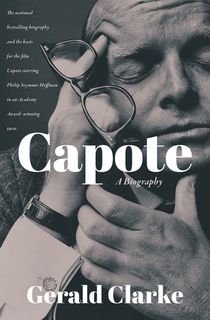
Capote
Truman Capote was a writer whose life and persona were almost as famous as his literary works. For those who want to know more about Capote himself, and how his struggles and triumphs influenced the story that you see on the screen, there’s no better place to start than with this bestselling biography, which inspired the 2005 film starring Philip Seymour Hoffman in an Oscar-winning turn.
Originally published just a few years after Capote’s death, you’ll see how this “mesmerizing” biography “reads as if it had been written alongside his life, rather than after it” (New York Times Book Review).
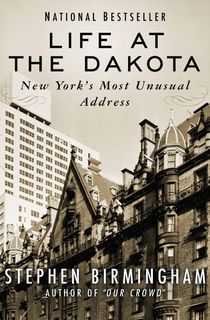
Life at the Dakota
Built by Singer sewing machine tycoon Edward Clark, the Dakota has been dubbed “New York’s most unusual address.” This luxury apartment building designed to look like a German Renaissance castle, complete with gargoyles leering down on Central Park, became home to some of the city’s biggest celebrities over the years, including Lauren Bacall, Boris Karloff, and John Lennon and Yoko Ono, to name just a few.
Now, the celebrated author of Our Crowd gives readers a glimpse into the first hundred years of this legendary address, and the stars who made their homes within its walls.
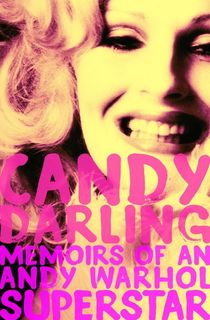
Candy Darling
Born in Queens in 1944, Candy Darling was much more than just the star of Andy Warhol’s films Flesh and Women in Revolt. She was a transgender pioneer and one of the superstars of Warhol’s Factory, which became the heart and mind behind his assembly line of artistic and cinematic output, not to mention a place for countless creatives to gather and for a new type of art and performance to emerge.
This memoir not only shows what life was like as a trans woman at a time when the gay rights movement was just coming into its own, but also paints an unforgettable portrait of a time and place that changed American culture.
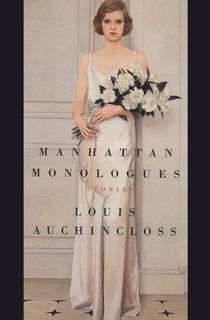
Manhattan Monologues
“Urbane, humorous” and “a treat to read” (Library Journal), these 10 stories of Manhattan’s “upper crust” from a New York Times-bestselling author are a reminder of why Auchincloss has become inextricably associated with stories of high society.
“For the sheer elegance of his prose, Louis Auchincloss deserves a large and enthusiastic following,” raves The Baltimore Sun, and these 10 stories are considered some of his best depictions of New York aristocracy, from a matchmaker who must contend with a rogue romance to a woman trying to choose between love and prestige.
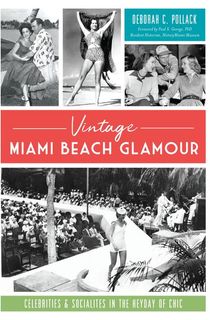
Vintage Miami Beach Glamor
Between 1930 and 1960, Miami Beach was a lively hub of activity for celebrities and socialites alike. Women like Capote’s “swans” ruled the roost here, and Hollywood celebrities rubbed shoulders with dignitaries both foreign and domestic. Winston Churchill could be found here, as could John F. Kennedy, alongside such stars as Veronica Lake and Elizabeth Taylor.
In this glittering history of an era in the “heyday of chic,” illustrated by countless archival photographs, author Deborah C. Pollack takes readers through a stunning moment in American culture.
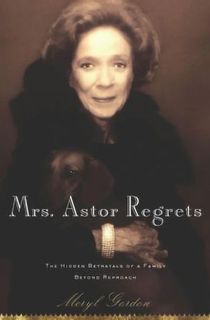
Mrs. Astor Regrets
“If the tabloids are your morning cup of tea, this is your book,” writes the New York Times Book Review. Far from merely a gossipy look at the sordid end to a sprawling life, however, Mrs. Astor Regrets gives readers a glimpse behind the golden gates of one of America’s most famously wealthy and philanthropic families, a glimpse that shows both glittering wealth and grotesque betrayal.
In 2006, the ailing Brooke Astor was the center of a trial that reached the Supreme Court, as her grandson sued that his own father was not caring for his elderly mother while siphoning funds from her fortune. Drawn from diaries kept by nurses who cared for her, as well as details from the trial and Brooke Astor’s own memoirs, Meryl Gordon’s book is, “An even-handed and fascinating portrait of a wealthy family torn apart by money, jealousy, and emotional distance” (USA Today).
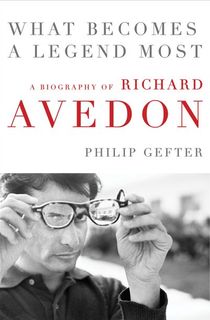
What Becomes a Legend Most
Richard Avedon’s name is almost synonymous with the realms of fashion and portrait photography, and his inimitable photographs helped to shape the public perception of the 1950s and 1960s. Yet, he was often dismissed as something less than an artist, as this groundbreaking biography shows.
“Wise and ebullient” (New York Times), this far-reaching biography not only explores Avedon’s life and art, but the interactions he had with some of the leading figures of American culture, including Sidney Lumet, James Baldwin, Leonard Bernstein, and, yes, Truman Capote.
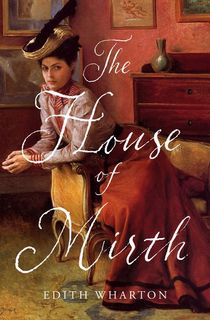
The House of Mirth
Edith Wharton was the first woman to win a Pulitzer Prize in Fiction, and The House of Mirth was her first breakout hit when it was serialized in Scribner’s Magazine and then published as a full-length novel in 1905.
“A fireworks display of brilliantly sardonic social satire deepened by a story of thwarted love” (Wall Street Journal), The House of Mirth established Wharton as one of the premier authors chronicling – and skewering – the New York social scene; the same one that Capote and his “swans” would inhabit a few decades later.

The Beautiful and Damned
Perhaps no other author is as closely associated with the high society of the Jazz Age as Fitzgerald, whose The Great Gatsby is often considered the masterwork of that time and place.
Yet his previous novel, which depicts the catastrophic decline of a relationship between a member of New York’s social elite and a tempestuous socialite from Kansas City, is often considered his most personal, and may be the ideal lens through which to view both the glamor and the grit of the world depicted in Capote vs. The Swans.
Featured image via FX

